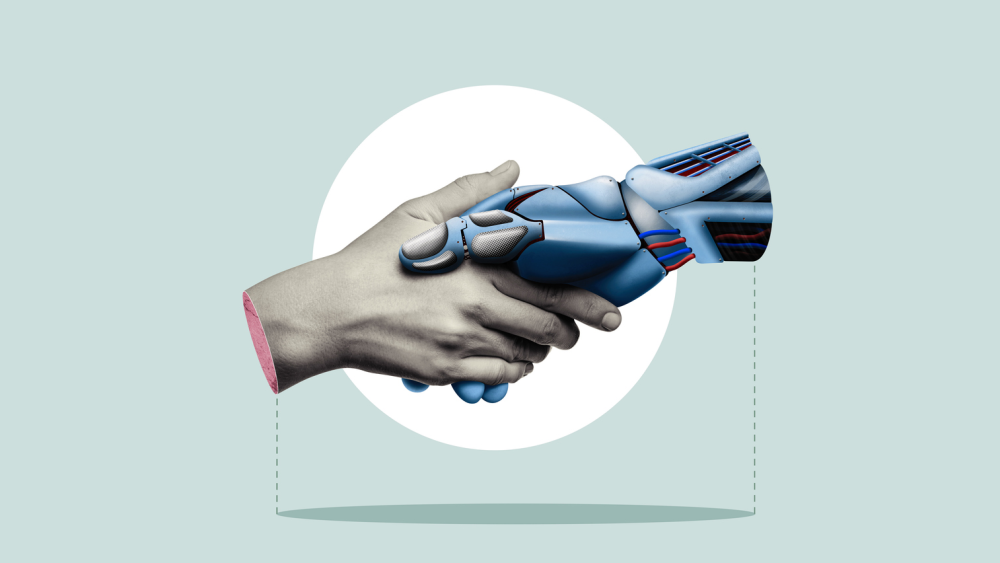August 25, 2017
By Alex Keown, BioSpace.com Breaking News Staff
NEEDHAM, Mass. – When it comes to pharmaceutical drug development, biomarkers play a key role as de-risking tools. Biomarkers can reduce the time it takes to develop drugs, as well as reduce the cost of drug discovery by increasing endpoint data.
This means biomarkers can play a key role in increasing the amount of money a pharma company can earn over the life of a drug patent. David Salzman, founder and chief executive officer of biomarker startup sRNAlytics, said that can translate into millions of dollars for drug companies.
“This happens in the clinical trials. If you can de-risk a clinical trial by one percent, you can save about $10 million,” Salzman said in an exclusive interview with BioSpace.
Despite the hope that biomarkers possess, Salzman said it’s been tough to identify clinically meaningful biomarkers.“That’s the challenge we face,” Salzman said.
But, that challenge is why Salzman founded sRNAlytics last year, which is dedicated to identifying and discovering small RNA biomarkers for unmet business and clinical needs. Small RNAs are genes expressed in every organism. He said small RNAs have an implicit biological function.
To meet those biomarker needs, sRNAlytics has developed a next-generation biomarker tests that allows researchers to process, sort and analyze small RNA sequencing data. That technology allows researchers to truly identify biomarkers that remain hidden from current approaches. Coupled with a plug-and-play software suite that takes in raw, small RNA sequencing data and a set of user-specified criteria, Salzman said researchers are provided with biomarker panels that provide “100 percent specificity and 100 percent sensitivity.”
“We can find a needle in a haystack with these (small RNAs), which makes them a powerful tool,” Salzman said.
Making the case for small RNAs, Salzman, who recently served a stint with Biogen before striking out on his own, said small RNAs are better classifiers of tissue. That makes them the best tool to use with biomarkers, he said.
When comparing to other data analytics Salzman said the sRNAlytics program has an advantage over competitive platforms because they can extract more data per sequencing run. That benefits the bottom line by saving time and cash for drug development, he said.From an analytic standpoint Salzman said sRNAlytics developed unique algorithms to find what they call binary classifiers, which are biomarkers that are only found in the group researchers are trying to classify. It could be disease research or drug response, he said, which yield 100 percent specificity by definition.
“Our biomarkers don’t have any false positives. Because they have 100 percent specificity, we can keep adding information without diluting the results. There are no false positives and no false negatives. It’s the perfect predictor diagnostics,” Salzman said.
Currently sRNAlytics is working on proof of concepts in Huntington’s disease. Salzman said that was chosen because of the “wealth of data” available from National Institutes of Health-funded research. He said the company is reanalyzing the data and soon will begin looking at other neurological diseases such as Parkinson’s and Alzheimer’s. Salzman said the sRNAlytics study was powered to find disease stage and prognosis biomarkers. Because of the statistical methods the company used Salzman said sRNAlytics found biomarkers previous studies missed.
“I understand the imminent need for biomarkers in this space,” he said.
With supporting data in hand, Salzman said the company is now approaching pharma companies, including his former employer Biogen, about using its biomarker data and technology in neurological studies. Using biomarkers in neurological studies will speed up the time it takes drugs to get to market and will also allow companies to enroll the correct types of patients in clinical trials, Salzman said.
Since its founding, sRNAlytics has raised about $150,000. Salzman said the company has secured two patents for its work and is building up its intellectual property portfolio. While he along with friends and family have largely self-funded the company, now Salzman said in order to scale up the company will have to raise new funding. He is looking to raise about $2 million.





